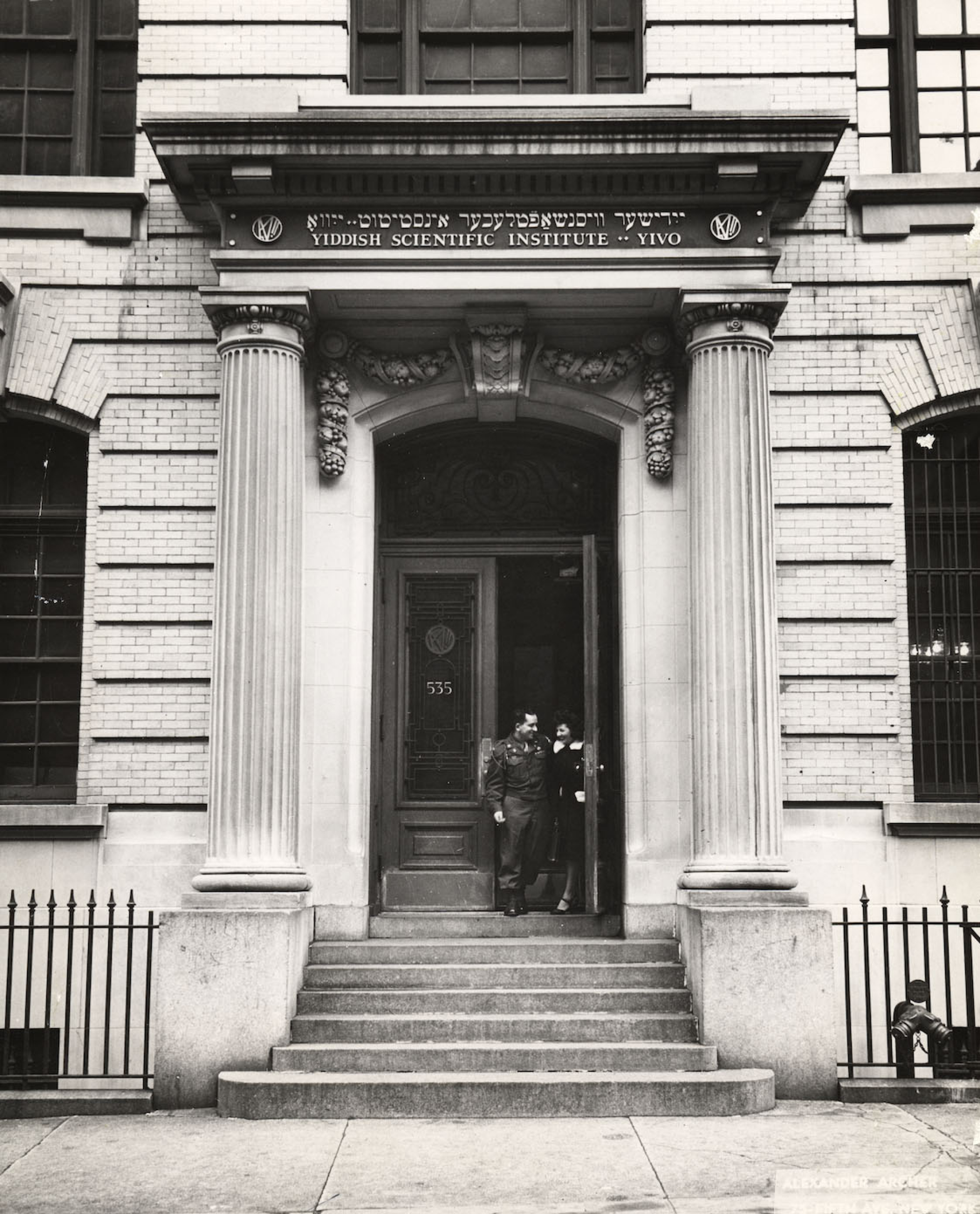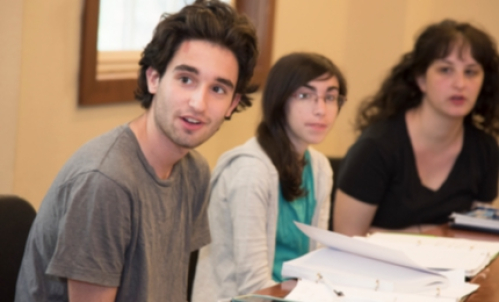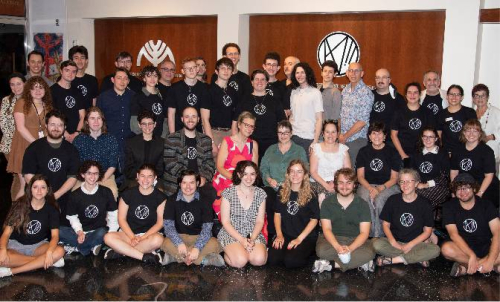YIVO in America

|
Conference
June 22 (Day 1) | 7:00pm-9:30pm ET In Person:Admission: Free Zoom Livestream:Admission: Free |
Join us for a celebration of YIVO’s 100th anniversary with a conference focusing on how YIVO’s founding vision for Jewish social sciences has been realized in America since its headquarters shifted to New York City in 1940.
The destruction of East European Jewry during the Holocaust—including YIVO’s original headquarters in Vilna—challenged fundamental ideas about Jewish peoplehood and the Yiddish language’s role in it that had animated YIVO since its founding. Despite this, YIVO continued to publish scholarly works in America, support the study of Yiddish linguistics and folklore, and serve as a repository documenting East European Jewish history and culture. YIVO also developed new ventures, helping to create the field of Holocaust studies, playing a pioneering role in the teaching of Yiddish as it ceased being the mother tongue of the Jewish masses, and bolstering the development of Jewish studies more broadly.
In this conference, scholars will discuss YIVO’s work since 1940 touching on how YIVO’s purpose shifted in the American context, major achievements of YIVO’s work in America, YIVO’s role in the post-war evolution of Yiddish and Jewish studies, and what work lies ahead for YIVO and Jewish studies more broadly.
Scholars featured in this conference include Jonathan Brent, Leyzer Burko, Deborah Dash Moore, Hasia Diner, Eric Goldstein, Itzik Gottesman, Stefanie Halpern, Cecile Kuznitz, Rebecca Margolis, Anita Norich, Samuel Norich, Eddy Portnoy, Alyssa Quint, Naomi Seidman, Mark Smith, and Kalman Weiser.
This program is supported, in part, by public funds from the New York City Department of Cultural Affairs, in partnership with the City Council.


